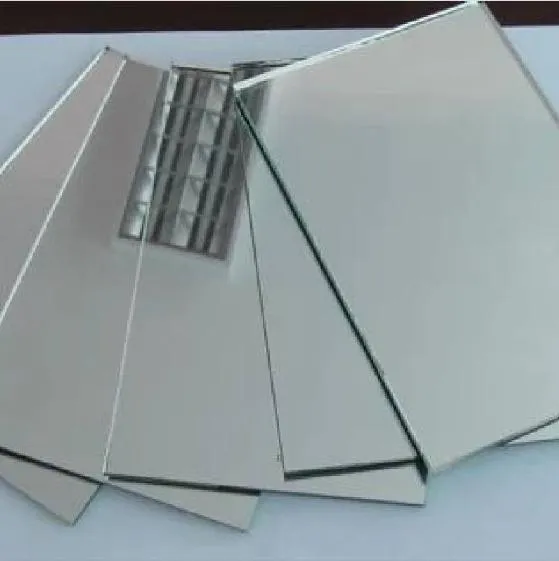Low emissivity glass coating, commonly referred to as Low-E glass, represents a pivotal advancement in the realm of architectural and automotive glazing solutions. As global awareness of energy efficiency and environmental sustainability surges, the role of Low-E glass coating in contemporary construction and automotive industry becomes more profound, signifying expertise in innovative thermal management solutions.

Low emissivity glass coatings are microscopically thin layers of metallic oxide applied to the surface of glass. These coatings are engineered to minimize the amount of ultraviolet and infrared light that passes through without compromising the amount of visible light transmitted. By reflecting long-wave infrared energy (or heat), Low-E coatings help regulate indoor temperatures, substantially reducing heating and cooling requirements. This translates into lower energy consumption and reduced energy bills, a tangible benefit increasingly coveted by eco-conscious property owners and developers.
The experience of utilizing Low-E glass entails not only enhanced energy efficiency but also increased comfort levels. These coatings maintain a stable indoor climate by reflecting interior temperatures back into the room, minimizing cold spots during winter and reducing heat ingress in summer. This thermal regulation results in a more consistent environment, thus amplifying occupant comfort—a crucial selling point for residential and commercial properties alike. For automotive applications, Low-E coatings contribute to a cooler cabin environment and improved fuel efficiency by reducing the load on air-conditioning systems, showcasing the expertise of automotive designers in improving vehicular energy performance.

In terms of expertise, Low-E glass coating merges advanced materials science with practical application. The development of Low-E technology involves complex manufacturing processes, where preciseness in the application of thin metallic coatings determines the quality and effectiveness of the glass. The ability to tailor the coatings for specific climate zones—such as high solar gain for cold climates, moderate solar gain for temperate regions, and low solar gain for hot climates—underscores the technical expertise and adaptability embedded within this technology. Experts in the field continuously work on optimizing the coatings to enhance their durability and effectiveness, reflecting an authoritative understanding of both current and emerging climatic needs.
low emissivity glass coating
Low-E glass coating exemplifies authoritativeness by aligning with industry standards and environmental regulations. Numerous certifications and ratings, such as ENERGY STAR and LEED, often recognize buildings that incorporate Low-E glazing, providing third-party validation of its energy performance. Moreover, prominent glass manufacturers invest in research and development to ensure their Low-E products meet the evolving demands of modern architecture and urban planning, positioning themselves as authoritative figures in sustainable building solutions.
The trustworthiness of Low-E glass coatings is well-documented through extensive field studies and real-world applications. Case studies from residential, commercial, and automotive sectors exemplify their long-term performance and reliability. Surveys and customer testimonials highlight the tangible benefits of reduced energy costs and increased comfort, fostering trust among consumers and stakeholders in sustainable technologies. The consistent positive outcomes contribute to building trust in Low-E coatings as a dependable solution in achieving energy efficiency goals without sacrificing performance or aesthetics.
In conclusion, low emissivity glass coating is not merely a passive building component but a dynamic solution that marries experience, expertise, authoritativeness, and trustworthiness. As the demand for energy-efficient and environmentally friendly building solutions rises, Low-E glass coatings will continue to gain traction, backed by a growing body of evidence and innovations that underscore its pivotal role in modern glazing technology.



